At the very end of the 80s and the beginning of the 90s we had 2 consoles - NES (aka pirate Dendy) and Sega. At this time, a real console war was going on abroad. And we don’t know about everyone. 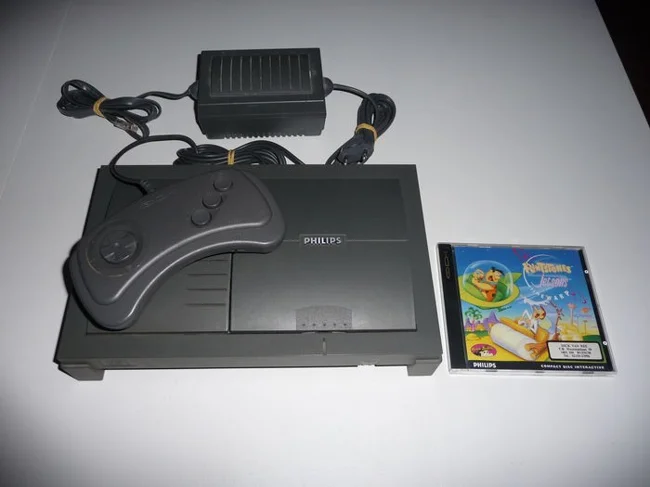
Philips CD-i
CD-i, or Compact Disc Interactive, is the name of a multimedia interactive CD player developed and distributed by Royal Philips Electronics N.V. CD-i is also the name of the standard for multimedia compact discs used by the CD-i console. This standard is also known as the Green Book. It was developed by Philips and Sony in 1986. The first Philips CD-i player, released in 1991 and initially costing about $700, had the ability to play interactive CD-i discs, audio CDs, CD+G (CD+Graphics), Karaoke CDs, and Video CDs (VCDs). . To play the latter, an optional “Digital Video Card” was required, which decoded video in MPEG-1 format.
Games and software:
The first software released in the CD-i format was primarily educational, music, and developmental programs. There were very few game programs, most of them were adaptations of board games like Connect Four. Subsequent attempts to find a foothold in the video game market were unsuccessful due to the emergence of cheaper and more powerful home video game consoles such as the Sony PlayStation. The CD-i is notable for containing several games featuring characters typically only seen on Nintendo consoles, even though the games were not developed by Nintendo. Thus, the puzzle game Hotel Mario featured characters from the Super Mario Bros. series of games. Three games from The Legend of Zelda series were also released: Link: The Faces of Evil, Zelda: The Wand of Gamelon and Zelda's Adventure. This resulted from a contract between Nintendo and Philips to jointly develop a CD-ROM expansion for the Super Nintendo Entertainment System, and under the terms of the contract, Philips retained permission to use Nintendo characters after the deal was cancelled. These games received extremely negative reviews from critics. 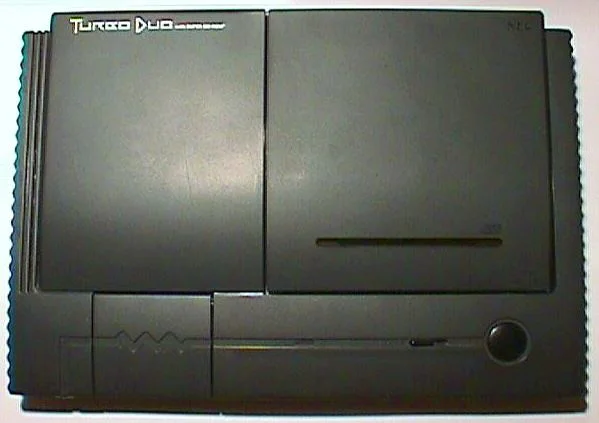
PC Engine CD/Turbografx-CD
Turbographics-16 was the first console to have an add-on in the form of a CD-ROM. Turbographics-SD appeared on August 1, 1990 at a price of $400. Monster Lair and Street Fighter were the console's first hits. Ys Book I & II are coming soon. But games on CDs appeared slowly compared to cartridges. American users could play Japanese games because there was no regional protection.
Games:
Most of the games were released in Japan, only about 50 in the USA. Among the games are mainly JRPGs, Shoot 'em ups (2D shooters on spaceships/planes), 2D platformers, all sorts of action games and arcade games. Known, among other things, for the game Castlevania: Rondo of Blood. 
FM Towns Marty
FM Towns Marty is considered the first 32-bit console in the world. Released in 1993 by Fujitsu. It is almost completely compatible with FM Towns computer disks. It not only has an CD drive, but also a floppy disk. You could also connect a keyboard and mouse to it, and even upgrade it. Most games with CD-Audio music.
Games:
A wide variety of games were released on the console - both JRPGs (3x3 Eyes, Alshark, Amaranth 3), and regular RPGs (Might and Magic - Clouds, Darkside, World of Xeen, Wizardry 5, 6, 7, Ultima 1-5) and Shoot' em up (Mahou Daisakusen, Raiden), and Beat'em up (Pu-Li-Ru-La, Genocide Squared), various arcade, logic and board games (Goh), sports (4D Sports Boxing), also ports from other consoles and computers (including DOS) (Legend of Kyrandia 1-2, Afterburner 1-3). 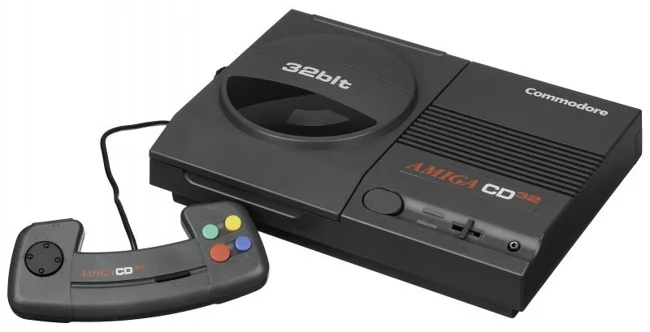
Amiga CD32
Amiga CD32 is a 32-bit CD-ROM based game console. Often called the first home 32-bit gaming system, but this is not entirely true (see FM Towns Marty). Its launch took place at the Science Museum in London (UK) on July 16, 1993. Sales in Europe began in September 1993. The CD32 was based on the AGA chipset from Commodore, and its characteristics were similar to those of the Amiga 1200 computer. It was possible to supplement the CD32 with a keyboard, disk drive, and mouse, which turned it into a personal computer. An MPEG video decoding module was also available for Video CD playback.
Games:
At the time of CD32's release, two games were ready - Diggers, a new game from Millennium Interactive, and Oscar from Flair. Amiga CD32 is backward compatible with Amiga CDTV. However, some older CDTV games did not launch due to the fact that they were designed for outdated Kickstart.
Although the console remained quite successful throughout its production, and was voted the most frequently purchased CD console in 1993, it failed to maintain its popularity. A year after the release of the console, Commodore Corporation went bankrupt. Among the mistakes cited as the cause of the bankruptcy is Commodore's failure to make additional deliveries of consoles for the holiday season. It is believed that a successful holiday season could keep Commodore afloat for another six months. Another problem was the lack of original games that had not previously been released for the Amiga. Most CD32 games are CD versions of Amiga 1200 games, with added cutscenes and CDDA audio. One of the reasons for bankruptcy is a lost patent lawsuit for 10 million. dollars, which led to a ban on sales of consoles in the United States. 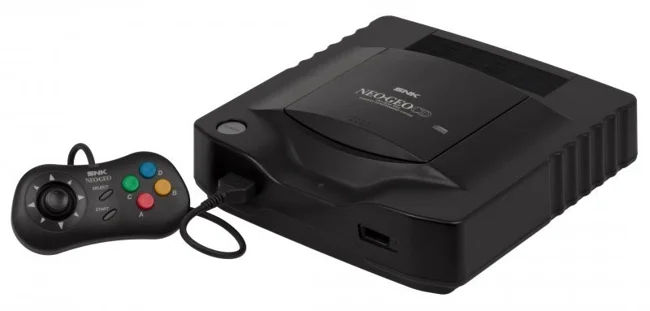
Neo Geo CD
In 1994, the company released a modernized version of the Neo Geo AES game console - Neo Geo CD. The main difference of the new game console was the presence of a drive for reading CDs. The price of the console remained quite high, but the cost of games for it became significantly lower. Despite the fact that “Neo Geo CD” became quite widespread, it had a number of shortcomings, the main one of which was the CD drive. The disc reading speed was slow and waiting for long periods of time to load games quickly became tiresome. This defect was corrected by a modernized version of the “Neo Geo CD”, which went on sale in 1995; it was called “Neo Geo CD (Z)”. The speed of reading from the disk was doubled, but it was too late to change anything in the old gaming system; the ball was now ruled by technically more advanced game consoles of the new generation. Three years after the start of sales, production of "Neo Geo CD (Z)" was stopped. The Neo Geo CD game console was SNK's first failure, not so much from a commercial point of view, but from a technical one. Chronic technical backwardness of products became a characteristic feature of the company during the second half of the 90s.
Games:
Mostly fighting games (Fatal Fury series, Art of Fighting series), also side-scrollers, there is a series of Sengoku Beatmaps, several arcade games (Bust a Move) and even a race and shooter Metal Slug. 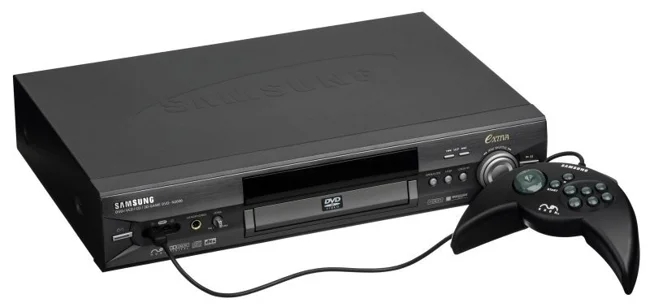
Nuon
Nuon is a technology that adds functionality to a DVD player. Along with DVD viewing, it can play 3D video games and use advanced navigation capabilities like Zoom and smooth scanning DVD playback. It can also play CDs while generating synchronized graphics on the screen. There were plans to add Internet access to the next generation of Nuon DVD players. Nuon began as "Project X", and appeared in Electronic Gaming Monthly's 1999 Video Game Buyer's Guide. One of the main software developers was Jeff Minter, who created a version of the Tempest game called Tempest 3000 for this system, as well as a built-in VLM-2 renderer.
Games:
Only 5 games were released for this device - several arcade games, a racing game and something like a shooter. 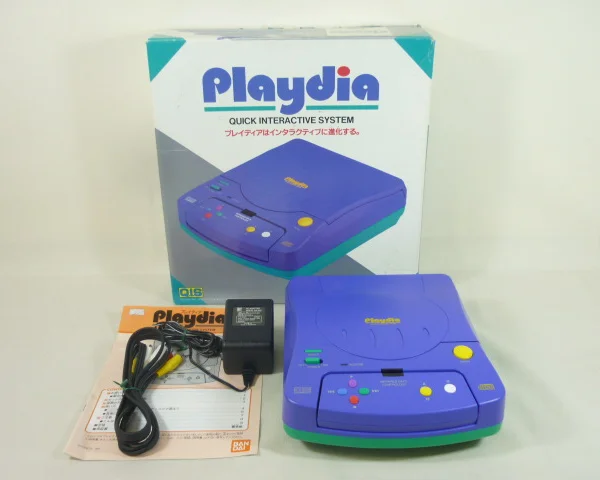
Bandai Playdia
Playdia (also Playdia QIS) is a 32-bit video game console with a CD drive released by Bandai in 1994, with a starting price of 24,800 Japanese yen (about $250). Released only in Japan. The QIS in the name is short for Quick Interactive System. The console was aimed at a family audience, mainly young children, and had an appropriate design and very simple games. The first games were mostly animations of characters from famous anime series (Gundam, Sailor Moon, and Dragon Ball) with very little interactivity, and various tutorials. The console turned out to be absolutely uncompetitive with the Sony Playstation and Sega Saturn that appeared at that time. In an attempt to boost sales of the system to recoup development costs, Bandai released the Idol CD series of hentai games aimed at an older audience. However, this could not save the system from final failure. The exact timing of Playdia's end of production is unknown, but currently known games were released from 1994 to 1996.
Games:
Most games are video scenes in which you are asked to choose a continuation. Essentially just an 8-bit with a video chip. 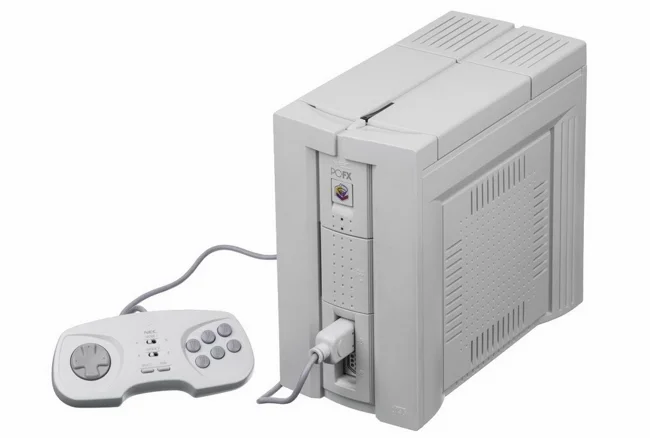
NEC PC-FX
PC-FX is a 32-bit gaming console developed by NEC. The successor to the company's previous console, PC Engine (known as the TurboGrafx 16 in the US). Released in Japan on December 23, 1994. PC-FX used only CDs to store games, unlike PCE (TG16), games for which were stored on special HuCards cartridges (as well as on CDs, if there was an external, or built-in CD drive in some models). The console had an unusual design, more typical of a computer than a game console. Its body was a vertical “tower”, while most consoles have a flat horizontal shape. The joystick was similar in appearance to the Sega Mega Drive joystick, but had more buttons. Another interesting feature of the console is the presence of three expansion ports. They are generally rarely used on consoles as their presence increases the price without providing much benefit to the end user.
Games:
Everything related to Anime is on this console. There are also text quests, several RPGs (Langrisser FX), and games with Full Motion Video. 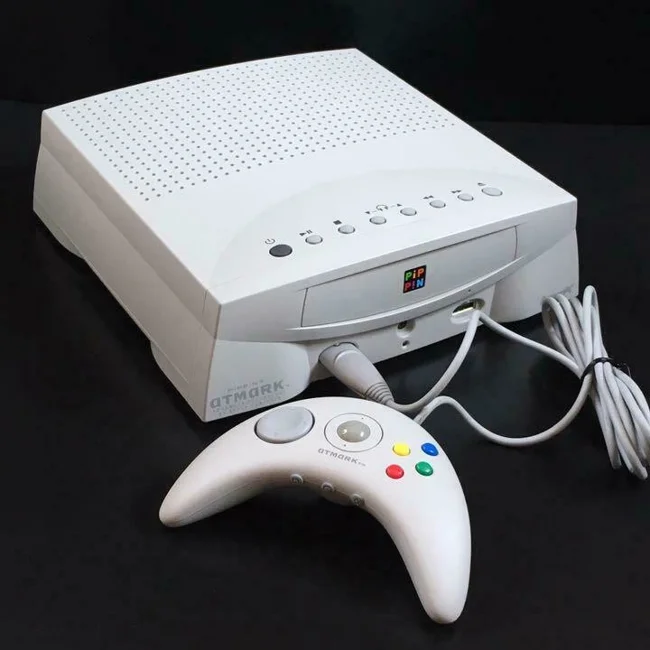
Apple Bandai Pippin
Apple Pippin is the name of a multimedia computer designed by Apple Computer in the mid-1990s. It was based on a 66-MHz PowerPC 603e processor and ran a stripped-down version of Mac OS. Apple wanted to create a low-cost computer that was designed to play multimedia on CDs, and mainly games, but also function as a network computer. Pippin contained a 4-speed CD-ROM drive and a video output, allowing the console to be connected to a standard television.
Games:
All sorts of educational programs, there is a shooter (Marathon 1+2), a race (Racing Days), as well as all sorts of obscure Japanese games. 
Casio Loopy
Casio Loopy (Japanese: ルーピー Rupi:?) (another name is My Seal Computer SV-100) is a 32-bit game console released by Casio exclusively for the Japanese market in October 1995. The console was not successful; sales and release of games have already ceased in 1996. Belongs to the fifth generation of gaming systems.
The console used cartridges as storage media, similar in size and appearance to Super Nintendo cartridges. For control, a gamepad equipped with a D-pad, a start button and four control buttons was used. Quite unusual for game consoles is the absence of a connector for a second controller and, accordingly, multiplayer games on the Casio Loopy. Also, a special computer mouse was released for the console, for which there was a separate connector on the console body[2], however, only two games supported its use. The game's processor is a 32-bit RISC SH-1 (SH7021). The graphics in the games are at the level of 16-bit from Sega and Super Nintendo Entertainment System.
A distinctive feature of the SV-100 is the presence of a built-in thermal printer, which allows you to print stickers from game screenshots. A similar printer, only in black and white, was released in 1998 for the Game Boy portable console (Game Boy Printer). Separately for the console, the peripheral device “Magical Shop Word Processor” was sold, a special adapter with which you can connect a video or DVD player to the console and make stickers from frames of video recorded on an external device, adding inscriptions if desired, although only in kanji .
Games:
During the short life of the Casio Loopy, only 10 games were released for it. Since the target audience of the console were young girls, most of the games involved trying on different clothes and applying makeup to virtual characters, dating and life simulators[8]. The games were released in 1995-1996 and almost all, except for the Axes Art Amuse game Lupiton no Wonder Palette, were created and released by Casio itself. All games were published only in Japanese.
If anyone has come across or heard about the same rare consoles, please add them, I will be only too glad.
If anyone is interested, the source of the post contains links to emulators of these consoles.
0 comments


